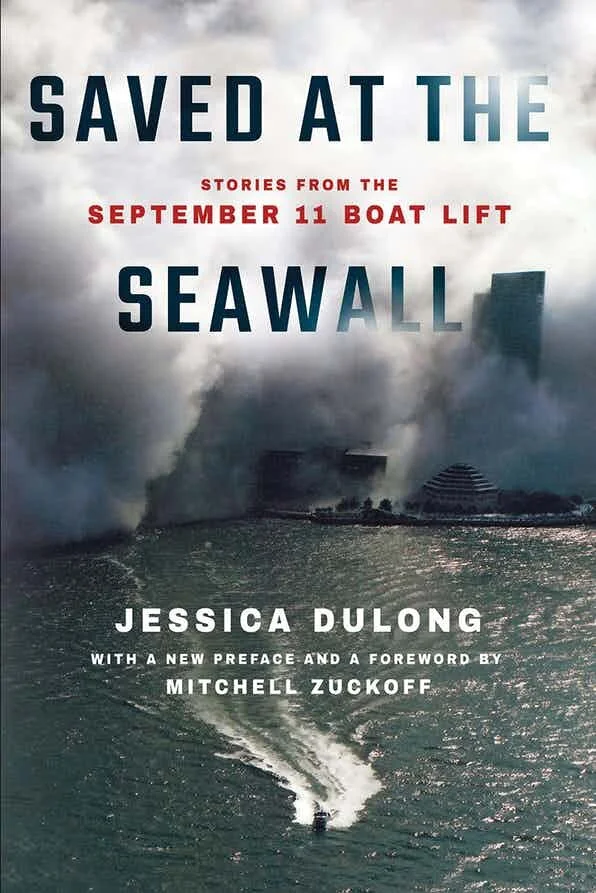Site and Sounds: 9/11 Memorial
By James Young
On today’s episode of Sites and Sounds, James Young talks about the 9/11 Memorial at Ground Zero.
Read MoreSite and Sounds: Hart Island
By Melinda Hunt
On today’s episode of Sites and Sounds, Melinda Hunt talks about the public graveyard at Hart Island.
Read MoreFriends and Foes in the Real Estate Industry: A Review of Dan Garodnick’s Saving Stuyvesant Town
Reviewed by Kevin Ritter
Stuyvesant Town, a middle income housing development on Manhattan’s East Side, has been a consistent site of conflict and controversy in New York City since its creation in the 1940s. Dan Garodnick’s new book, Saving Stuyvesant Town: How One Community Defeated the Worst Real Estate Deal in History, covers the story of the development from its origins as a postwar housing development built on top of the former Gashouse District, which ha been cleared of its residents through eminent domain, to 21st century real estate dealings that threatened to displace many of the property’s rent stabilized tenants in favor of new market-rate residents.
Read MorePodcast Interview: Saved at the Seawall
Jessica DuLong interviewed by Robert W. Snyder
In Saved at the Seawall: Stories from the September 11 Boat Lift (Cornell University Press, 2021), Jessica DuLong reveals the dramatic story of how the New York Harbor maritime community heroically delivered stranded commuters, residents, and visitors out of harm's way.
Read MoreDid All Jews Become White Folks?:
A Fortress in Brooklyn and Hasidic Williamsburg
Reviewed by Gabe S. Tennen
In A Fortress in Brooklyn: Race, Real Estate, and the Makings of Hasidic Williamsburg, Nathaniel Deutsch and Michael Casper add an important wrinkle into prevalent understandings of American Jewish history. Deutsch and Casper focus their text on the Hasidic Satmar sect and its creation of a “holy city of Jerusalem” in one corner of north Brooklyn, tracing that community from its nascent beginnings in the 1940s into the 21st century. By offering a detailed and crisply written account of this often discussed but largely underexamined group, the authors provide a caveat to nearly fifty years of scholarship.
Read More




